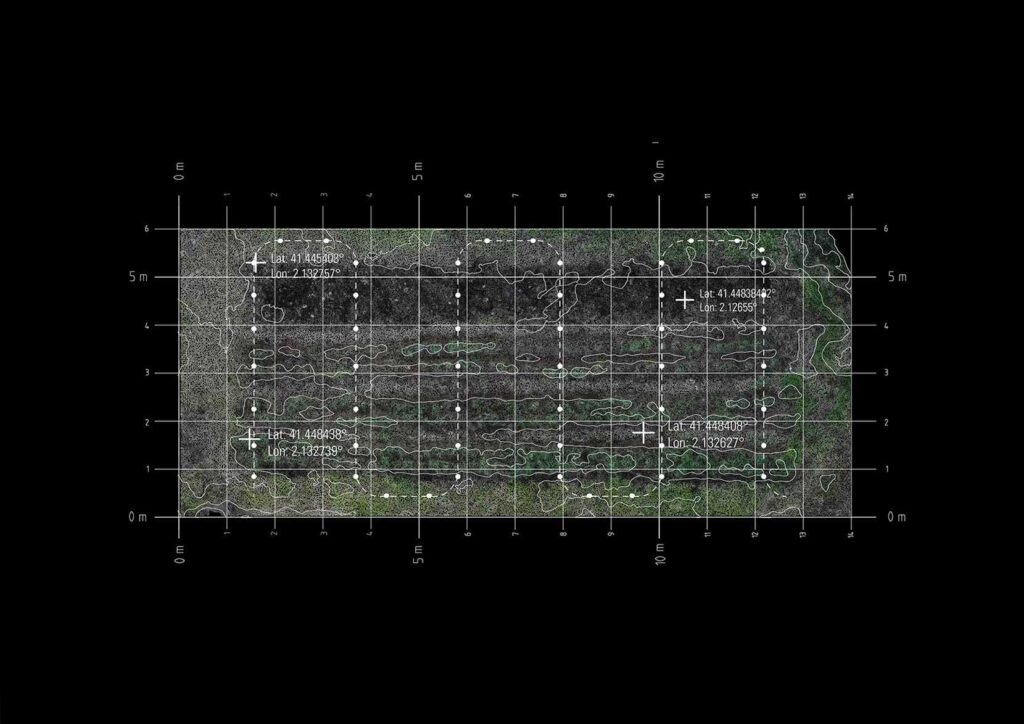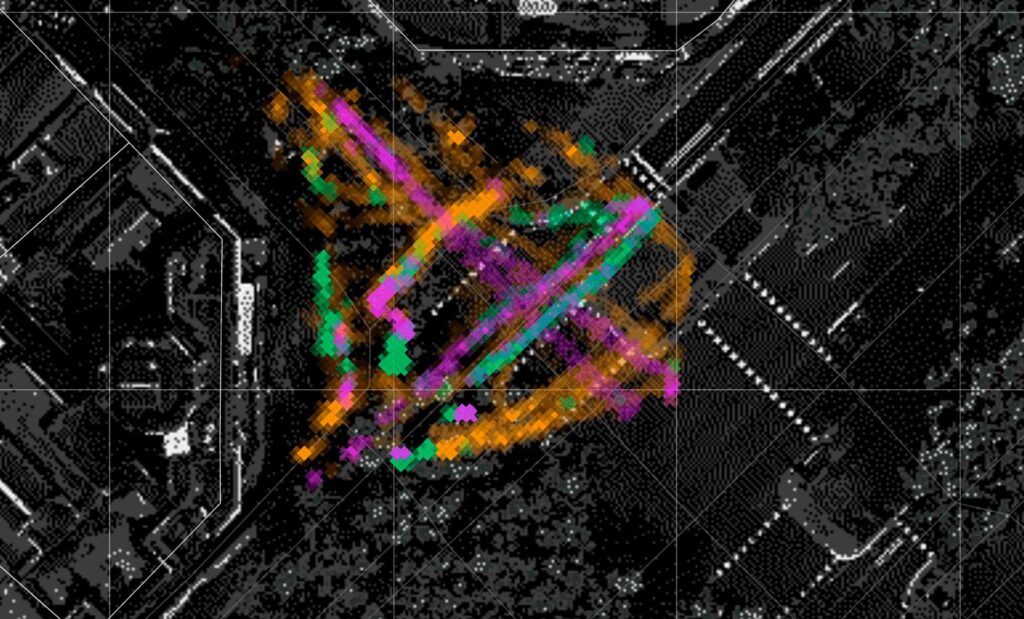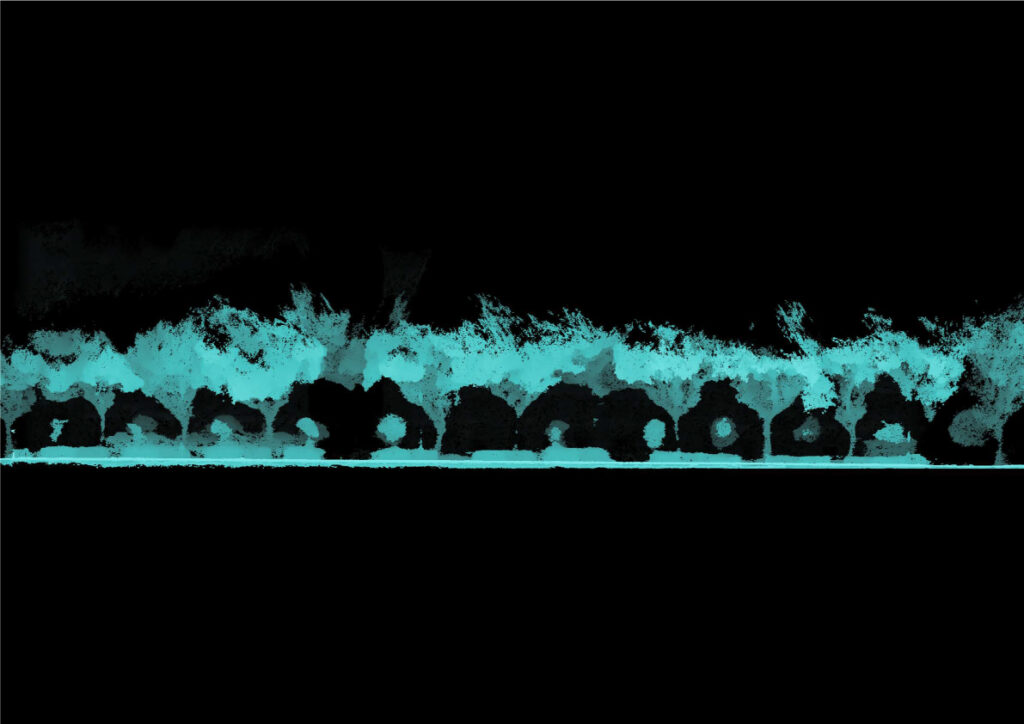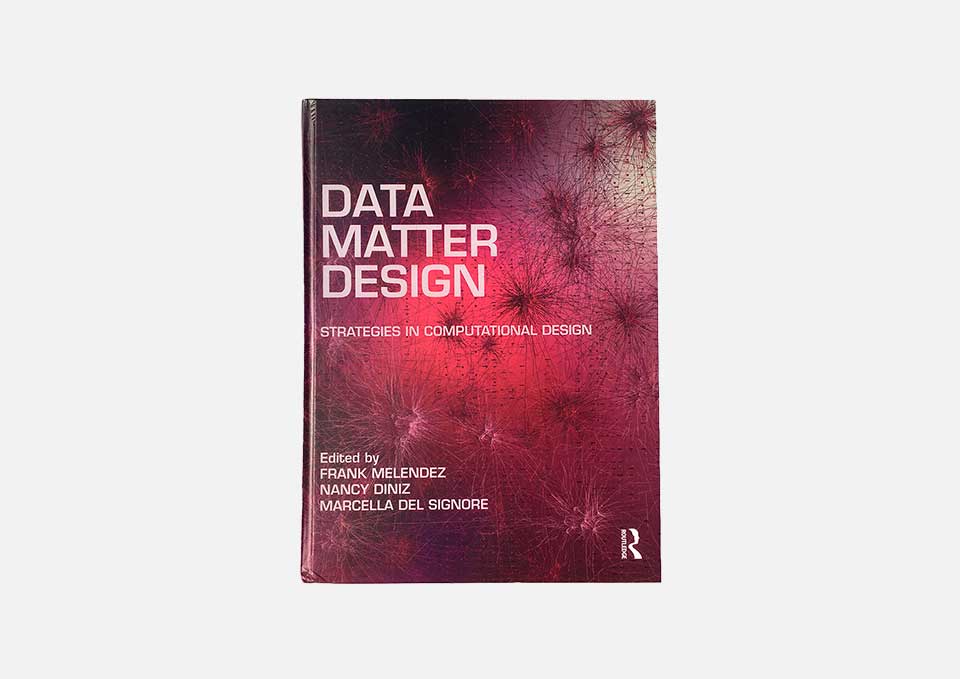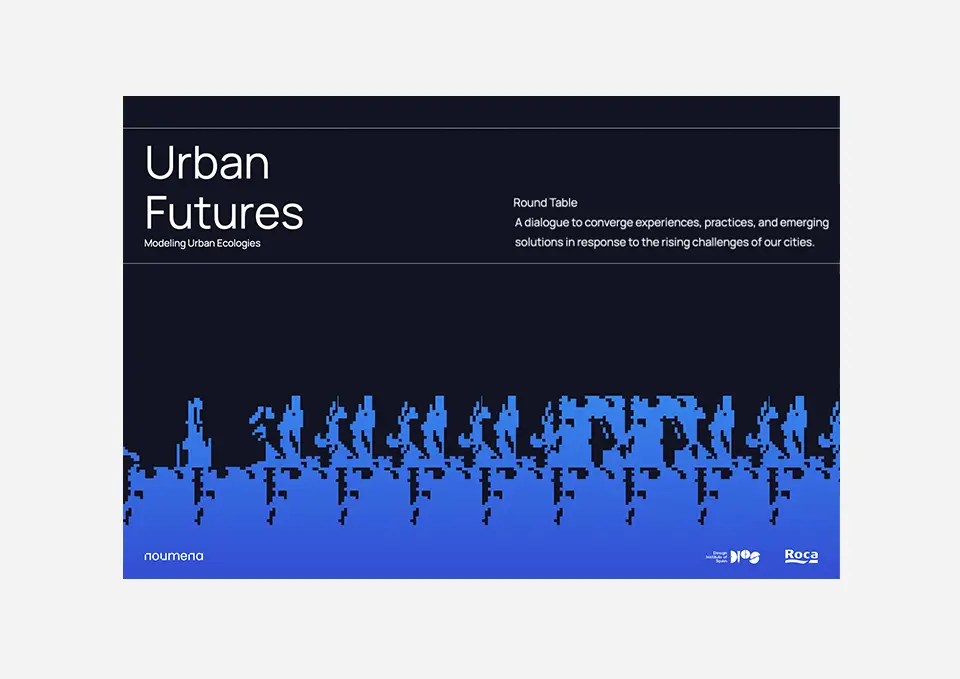Projects
Open Code
Publications
Events
Glossary
APIs, or Application Programming Interfaces, are sets of programming code that enable data transmission between one software product and another. They define how a developer should request services from an operating system or other application and expose data within different contexts and across multiple channels. APIs are a way for two or more computer programs to communicate with each other, and they connect computers or pieces of software to each other.
Source Altexsoft
“Deep” in deep learning refers to a neural network composed of more than three layers—which would be inclusive of the inputs and the output—can be considered a deep learning algorithm. Since deep learning and machine learning tend to be used interchangeably, it’s worth noting the nuances between the two. As mentioned above, both deep learning and machine learning are subfields of artificial intelligence, and deep learning is actually a sub-field of machine learning.
Source IBM
Edge computing is a distributed computing paradigm that brings computation and data storage closer to the sources of data. It is an architecture rather than a specific technology, and a topology- and location-sensitive form of computing. Edge computing is a way to move the computation away from data centers towards the edge of the network, exploiting smart objects, mobile phones, or network gateways to perform tasks and provide services on behalf of the cloud.
Source IBM
SFTP is the acronym for Secure File Transfer Protocol and is a File Protocol that allows users to transfer files or other data between computers or over the web securely. It is built on top of FTP and includes Secure Shell (SSH) security components.
Source Hevodata
Image recognition, in the context of machine vision, is the ability of software to identify objects, places, people, writing and actions in images. Computers can use machine vision technologies in combination with a camera and artificial intelligence software to achieve image recognition.
Neural networks are a subset of machine learning, and they are at the heart of deep learning algorithms. They are composed of node layers, containing an input layer, one or more hidden layers, and an output layer. Each node connects to another and has an associated weight and threshold. If the output of any individual node is above the specified threshold value, that node is activated, sending data to the next layer of the network. Otherwise, no data is passed along to the next layer of the network.
Source IBM
Machine learning (ML) is a type of artificial intelligence (AI) that allows software applications to become more accurate at predicting outcomes without being explicitly programmed to do so. Machine learning algorithms use historical data as input to predict new output values.
Source IBM
Face recognition is a method of identifying or verifying the identity of an individual using their face. Face recognition systems can be used to identify people in photos, video, or in real-time. Law enforcement may also use mobile devices to identify people during police stops.
ImageNet is an image database organized according to the WordNet hierarchy (currently only the nouns), in which each node of the hierarchy is depicted by hundreds and thousands of images. The project has been instrumental in advancing computer vision and deep learning research. The data is available for free to researchers for non-commercial use.
A relational database is a type of database that organizes data into tables, rows, and columns. The data is structured across multiple tables, which can be joined together via a primary key or a foreign key. Each row in the table is a record with a unique ID called the key. The relational model organizes data into one or more tables (or “relations”) of columns and rows, with a unique key identifying each row. Rows are also called records or tuples, and columns are also called attributes. The key principles of relational database design include client-server architecture, statelessness, cacheability, uniform interface, layered system, and code on demand.

